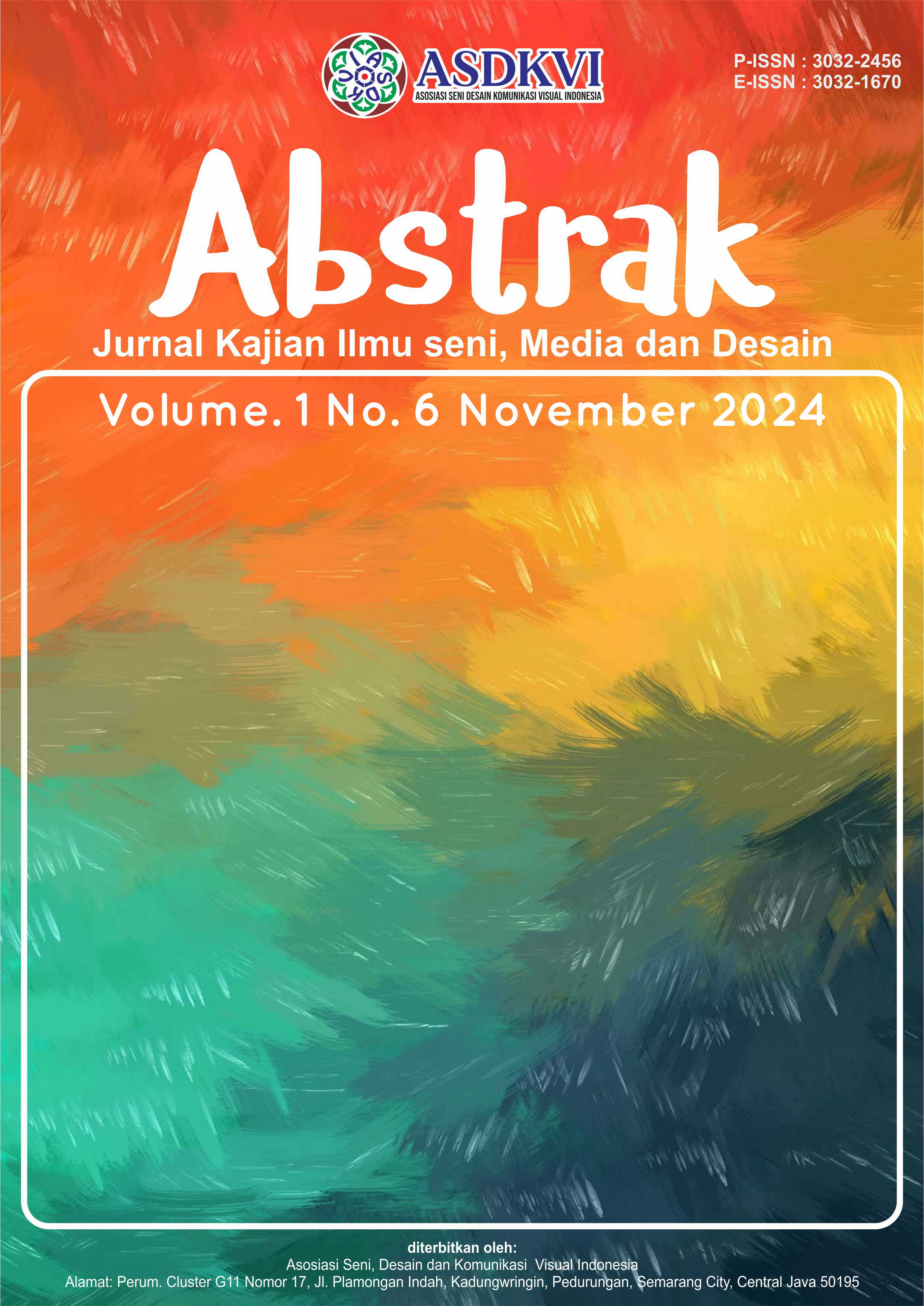Analisis Sistem Utilitas AC di Gedung General Library Berdasarkan Pedoman SNI
DOI:
https://doi.org/10.62383/abstrak.v1i6.415Keywords:
AC Utility, Public Library, SNIAbstract
This study aims to determine whether the implemented system complies with recommended standards and to find opportunities for improvement in terms of energy efficiency and overall system performance. Therefore, it is expected that the results of this analysis will help design a more sustainable and efficient library building management. This study uses a descriptive quantitative research study method, namely research that emphasizes the collection of existing building data and analyzes the data in accordance with SNI guidelines on the AC Utility system. Quantitative is a form of research activity whose specifications are planned systematically and clearly structured from the beginning to the making of the research design. This research shows that: (1) The Use of AC Types in Buildings, (2) Air Conditioning in Buildings, (3) Mapping of AC Utilities in Buildings, (4) Data Analysis based on SNI Guidelines for AC Utilities. The results of this study show that almost all rooms in the General Library Building have AC requirements that exceed the standard. This will certainly cause swelling of electricity costs. Therefore, it is expected that the General Library Building will reduce the capacity of air conditioners in rooms that exceed the standard capacity and install air conditioners in rooms that have not been installed, so that the distribution of air conditioners will be more evenly distributed and all can feel the comfort.
References
Ardianto, Moch.I. (2021). “Sistem Monitoring Perawatan Air Conditioner (AC)”
Arikunto, S. (2006). “Prosedur Penelitian (Suatu Pendekatan Praktek)”. Jakarta: Rineka Cipta: 130
BSN. (2001). “SNI – 03 – 6572 – 2001, Tata Cara Perancangan Sistem Ventilasi dan Pengkondisian Udara pada Bangunan Gedung”.
BSN. (2011). “SNI 6390:2011, Standar, Konversi Energi Sisten Tata Udara pada Bangunan Gedung”.
Haryndia, Debry, Putri. (2016). “Evaluasi Standar Konsep Perancangan Interior Perpustakaan Lingkungan Fisik (Studi Kasus di Universitas Ma Chung)”. Record and Library Journal. 2(2): 200
Li, W., Batty, M., & Goodchild, M.F. (2020). “Real-time GIS for smart cities”. International Journal of Geographical Information Science. 34(2): 311–324.
Musyadad A, Nugroho, Widihastuti (2022). “Evaluasi Kapasitas AC Pada Gedung Fakultas Teknologi Industri Unissula Semarang
Nudin, Muhammad. (2016). “Merancang Ruang Perpustakaan yang Ideal”. Jurnal Al-Kuttab 3(1): 114
Nursalam. (2013). “Metodologi Penelitian Ilmu Keperawatan: Pendekatan Praktis”. Jakarta: Salemba Medika
Ramadhan. (2022). “Paduan Menghitung Ukuran PK AC Sesuai Kebutuhan Ruangan”
Yasmirja, H.N. (2017). “Perencanaan dan Pemasangan Air Conditioning pada Ruang Dosen dan Teknisi PSD III Teknik Mesin Universitas Diponegoro Semarang”. Semarang : Skripsi, Universitas Diponegoro Semarang.
Zhang, W., Wang, K., Li, L., Chen, Y. and Wang, X., (2018). “The impact of firms' mergers and acquisitions on their performance in emerging economies”. Technological Forecasting and Social Change. 135: 208-216.
Downloads
Published
How to Cite
Issue
Section
License
Copyright (c) 2024 Abstrak : Jurnal Kajian Ilmu seni, Media dan Desain

This work is licensed under a Creative Commons Attribution-ShareAlike 4.0 International License.





